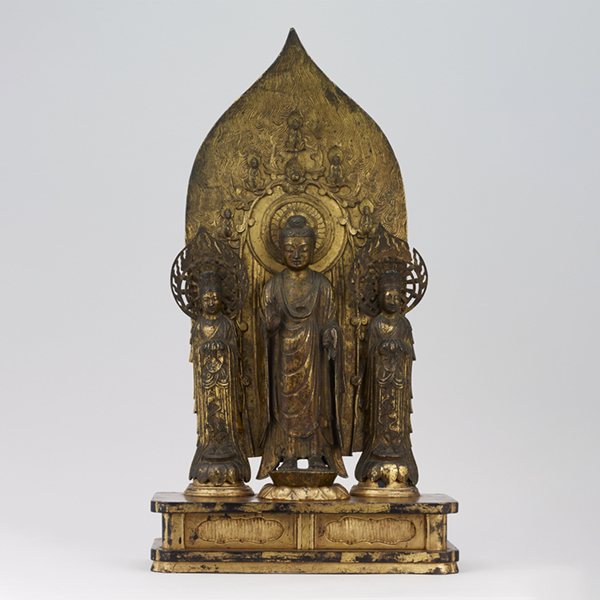東洋館 9室
2025年9月23日(火・祝) ~ 2025年12月21日(日)
日本と朝鮮半島の国々の間には、先史時代にさかのぼる長い交流の歴史があります。
この展示では、まず百済の聖明王から欽明天皇に仏像や経典を送ったという仏教伝来を彷彿させる仏像など、そして朝鮮半島と積極的に交易した中国地方の大名・大内氏が創建した周防(現在の山口県)の大寧寺伝わった高麗の経箱など、さらに日本から発注して朝鮮半島の慶尚南道の金海で製作された茶碗などを紹介します。
この展示をご覧いただくことにより、日本人が朝鮮半島から伝わった文化財を大切に保存してきたこと、それらを受容しながら日本文化を育んでいたことに想いを馳せていただきたく思います。

